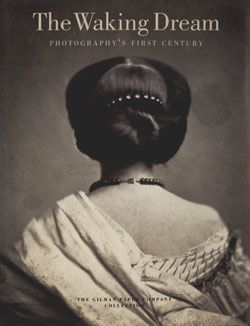[Albert Sands Southworth]
Photography Studio Southworth and Hawes American
Albert Sands Southworth American
Not on view
Fascinated by François Gouraud's demonstrations in Boston of Daguerre's new invention Albert Southworth, a pharmacist in Cabotville (now Chicopee), Massachusetts, went to New York in 1840 to study the technique with Samuel Morse. Within a year he had opened a daguerreotype studio in Boston with Morse's assistant, Joseph Pennell, who had been Southworth's roommate in preparatory school. When Pennell left the firm in 1843, Josiah Johnson Hawes took his place, and the celebrated nineteen-year partnership of Southworth and Hawes was born. The firm was known around the world for its aesthetic accomplishments and technical finesse.
The artistic ambitions of Southworth and Hawes are clearly demonstrated in this eccentric half plate daguerreotype of Southworth in the guise of a classical bust. Although in all probability a self-portrait, there has been some speculation that it may have been made by Hawes, who devised a popular vignetting technique. The hand coloring was probably applied by Southworth's sister, Nancy, who joined the firm in 1841 and married Hawes in 1849. The portrait is unusual in that, with few exceptions, American daguerreotypists rarely even hinted at nudity.
This image cannot be enlarged, viewed at full screen, or downloaded.
![[Albert Sands Southworth], Southworth and Hawes (American, active 1843–1863), Daguerreotype](https://images.metmuseum.org/CRDImages/ph/web-additional/DP332542.jpg)

